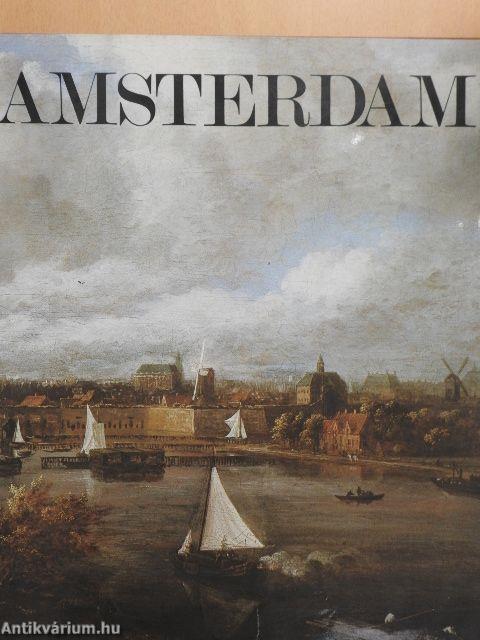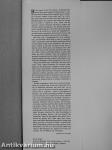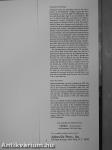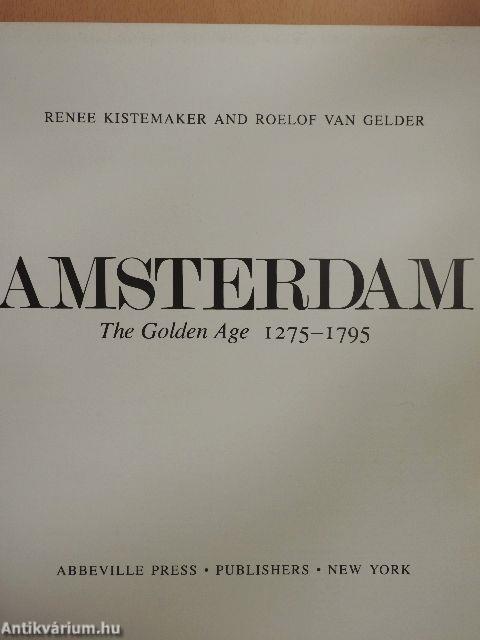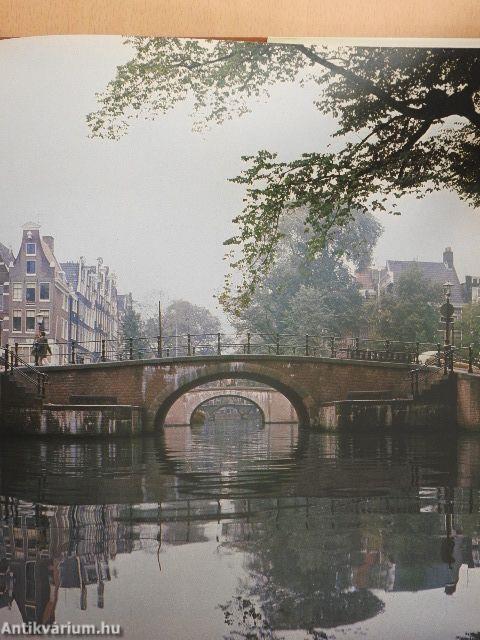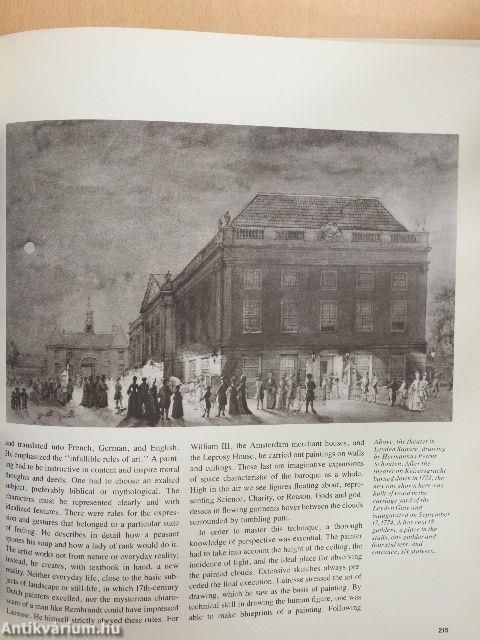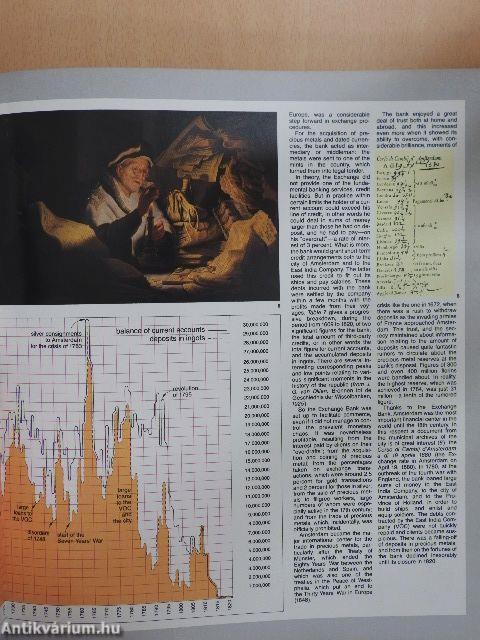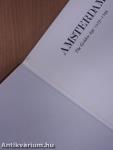1.067.053
kiadvánnyal nyújtjuk Magyarország legnagyobb antikvár könyv-kínálatát

VISSZA
A TETEJÉRE
JAVASLATOKÉszre-
vételek
Amsterdam
The Golden Age 1275-1795
| Kiadó: | Abbeville Press, Publishers |
|---|---|
| Kiadás helye: | New York |
| Kiadás éve: | |
| Kötés típusa: | Vászon |
| Oldalszám: | 280 oldal |
| Sorozatcím: | |
| Kötetszám: | |
| Nyelv: | Angol |
| Méret: | 29 cm x 25 cm |
| ISBN: | 0-89659-405-X |
| Megjegyzés: | Színes és fekete-fehér fotókkal, illusztrációkkal, ábrákkal. |
naponta értesítjük a beérkező friss
kiadványokról
naponta értesítjük a beérkező friss
kiadványokról
Előszó
TovábbFülszöveg
1 ¦ ¦ 'l it ! '
I
i/'V ¦ ¦ '''
i'' i, . I I V '
.1
11'
' 1,
^vii'VAlv'; 'l' 1 ' 11 'ji'l ,'p
I A llV 1,' :)' ¦
CTtf?' ' ¦ ! ¦¦ I I I h feii.i.it'.'
By the dawn of the 17th century, Amsterdam had grown from small medieval trading center to capital city not only of the new Dutch republic but of virtually all of Europe—indeed, of the world itself, for a time. Her armies had freed the Dutch from the feudal rule of Habsburg Spain; her explorers and sailors had secured her sea routes to outposts in Asia, Africa, and the Americas; and her merchants had built a modem and efficient commercial apparatus. Her tolerant spirit drew writers and philosophers to settle there, her artists taught the rest of the worid how to paint, her stadholders instructed foreign commanders in the new arts of war, and her statesmen negotiated with every ruler in Europe.
Here truly was a cosmopolitan city, rich, cultured, busy, and beautiful. Built along a series of concentric canals,... Tovább
Fülszöveg
1 ¦ ¦ 'l it ! '
I
i/'V ¦ ¦ '''
i'' i, . I I V '
.1
11'
' 1,
^vii'VAlv'; 'l' 1 ' 11 'ji'l ,'p
I A llV 1,' :)' ¦
CTtf?' ' ¦ ! ¦¦ I I I h feii.i.it'.'
By the dawn of the 17th century, Amsterdam had grown from small medieval trading center to capital city not only of the new Dutch republic but of virtually all of Europe—indeed, of the world itself, for a time. Her armies had freed the Dutch from the feudal rule of Habsburg Spain; her explorers and sailors had secured her sea routes to outposts in Asia, Africa, and the Americas; and her merchants had built a modem and efficient commercial apparatus. Her tolerant spirit drew writers and philosophers to settle there, her artists taught the rest of the worid how to paint, her stadholders instructed foreign commanders in the new arts of war, and her statesmen negotiated with every ruler in Europe.
Here truly was a cosmopolitan city, rich, cultured, busy, and beautiful. Built along a series of concentric canals, Amsterdam's sober and stately townhouses belied the astonishing wealth of their inhabitants, who were as used to trading in still lifes and tulips as they were in Eastem spices, Polish grain, and American silver. The city's hold on the worid could not and did not last long, but, while it lasted, Amsterdam became a center quite unlike any other in Europe. That city steadfastly has remained throughout three centuries of enormous social change prosperous, humane, tolerant, and splendid—one of the most frequently visited metropolises in the worid.
During her Golden Age, Amsterdam, the trade center of the worid, offered something for everyone: ships, rigged out and prodigiously equipped; jewels and precious stones; moneylenders; valuable commodities from every comer of the earth; feats of hydraulic engineering; collections of shells, paintings, books—and even ideas that were banned elsewhere; navigation charts; rare varieties of tulip bulbs; tobacco; clay pipes; Leeuwenhoek's niicroscope; Federico Ruysch's mummies; Rembrandt's etchings.
Besides commodities, ideas were in wide circulation. There was a smell in the air not just of pitch and cloves but of intellectual adventure, and social duty was as much a cause of concem as were the annual profits. It was the city of "tolerance," which, in the tradition of Erasmus, was already encouraging freedom of thought at a time when the rest of Europe was torn by religious wars—even witch-hunting was abolished a century before it was banned anywhere else. Just as "particularism" resolutely defended medieval freedom and privilege, Amsterdam made the small but token gesture of permitting political liberty. The need for freedom of trade rendered it necessary for the ultimate outcome of international politics to be peaceful. Amsterdam was the city where Descartes discovered the ideal surroundings to collect his thoughts; Spinoza, who was himself from Amsterdam, found the atmosphere that enabled him to become her greatest heir; Locke came upon circumstances and stimuli that helped him publish, among other things, his Letter on Toleration. Finally, it was the workplace of Rembrandt, perhaps too great a genius even for Amsterdam—one who, as a newly arrived middle-class citizen in that bourgeois city, aspired to live there successfully, but nevertheless met with failure.
(continued on back flap)
On the jacket:
Jacob van Ruisdael. View of Amsterdam, c. 1675-80. The Fitzwilliam Museum, Cambridge, England
(continued from front flap)
Amsterdam tells the fascinating story of this city's growth, of the Hollanders' struggles against the ever-encroaching sea. their long fight for independence, and their glittering Golden Age of art and commerce. The text, by Renée Kistemaker and Roelof van Gelden, scrupulously recounts Amsterdam's history, which in many respects is Europe's history as well. The authors carefully relate how commerce and exploration so developed as to give Amsterdam a preeminent place among European cities, and how, when religious disputes divided Europe, it fell to the Dutch to offer a haven to the persecuted of all faiths. The text examines the reasons why art became so vital and significant a force in Holland when Amsterdam was at her height, and how beautifully she has preserved and displayed her masterpieces to this day. Kistemaker and van Gelden explore the many contradictions and contrasts that make Amsterdam both an enigma and a joy: that mixture of sobriety and exuberance so carefully cultivated by its citizens over the centuries.
This exciting history is illustrated with 375 reproductions, 230 of them in full color: maps trace the city's growth and explain how the city was planned; early engravings and woodcuts give the reader a glimpse into how life was lived in medieval and early Renaissance Amsterdam; and reproductions of masterpieces of 17th-century and later Dutch art give a complete overview of the Golden Age of Dutch painting and provide a dazzling tour of Amsterdam's many museums. FinaJly, photographs of present-day Amsterdam show in beautiful detail the visual pleasures of this splendid city— reminders for the many who have traveled there to see them and an invaluable guide for those who will surely wish to seek them out.
About the authors
Renée Kistemaker was bom in Haarlem in 1945. She studied history at Carleton College in Minnesota and later at the University of Amsterdam. Since 1971, she has been the curator of Amsterdam's historical museum, where she has organized exhibitions and prepared catalogs for them. In addition, she has edited two books on daily life and society in 17th- and 18th-century Amsterdam.
RoELOF van Gelder was bom in Bergen, North Holland, and studied history at the University of Amsterdam. He is a teacher and curator at the Amsterdam historical museum and is the author of articles on I7th- and 18th-century Dutch history and of a study on political exiles in Dutch history from 1787 to 1795. He also has organized an exhibition in New York on that city's Dutch origins. Since 1978, he has worked for the newspaper NRC Handelsblad.
Also available from Abbeville Press:
VENICE By Alvise Zorzi 344 illustrations, 203 in full color
For a complete catalog, please write to:
Abbeville Press, Inc.
505 Park Avenue, New York, N.Y. 10022 Vissza
Témakörök
- Közgazdaságtan > Gazdaságtörténet > Összefoglalók
- Idegennyelv > Idegennyelvű könyvek > Angol > Művelődéstörténet
- Idegennyelv > Idegennyelvű könyvek > Angol > Helytörténet
- Idegennyelv > Idegennyelvű könyvek > Angol > Közgazdaságtan > Gazdaságtörténet > Összefoglalók
- Idegennyelv > Idegennyelvű könyvek > Angol > Történelem > Európa története > Egyéb
- Művelődéstörténet > Kultúra > Története
- Helytörténet > Külföldi > Városok
- Történelem > Idegennyelvű > Angol
- Történelem > Kontinensek szerint > Európa, európai országok története > Nyugat-Európa > Egyéb
- Történelem > Középkor > Egyéb
- Történelem > Újkor > Egyéb



